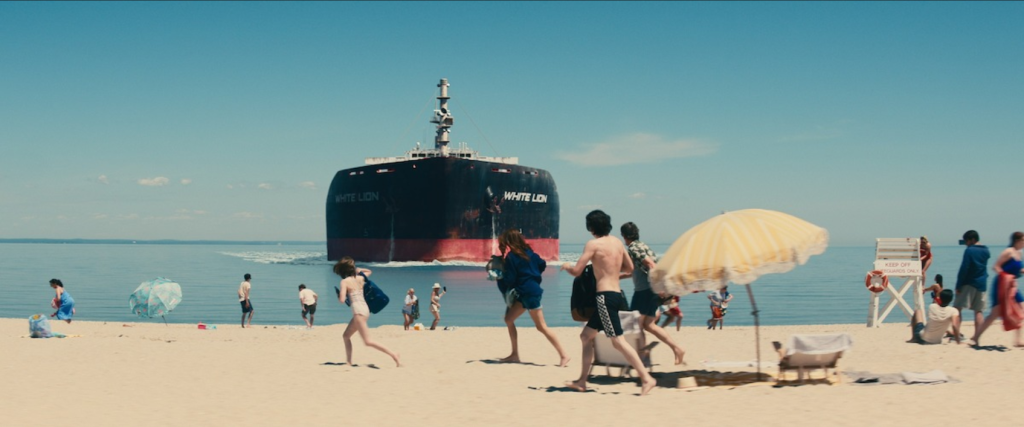**Note, since this post was issued, I was approached to answer specific questions. The answers are here: https://charlierobinson.wordpress.com/2014/10/19/election-questions-from-the-tennyson-dunes-group/
This week I was asked to comment about the endangered dunes located at Tennyson. Note: these are not in my Ward, but in the greater City of Charles Sturt Council area. Growing up with a love for the beach it is an obvious statement that I love sand and beach dunes, want to see them as part of our ongoing coastal life and get involved in making sure this remains a reality. It’s not just for the Tennyson dunes, I remember many holidays running through sand hills across the state, making games in and about the area or simply sitting in peace and playing my flute (I’m sure the little dune animals thought I was crazy). I’d love to see proper sand dunes along our whole coastline… who wouldn’t? That could be considered a romantic notion in today’s world of progress and urban development. But what is progress? Simply bulldozing everything? Haven’t we learnt from the many examples where we have taken too much away and not played nicely with the environment?
Progress to me means (in these instances) working with our natural elements for a better or smarter outcome that is in keeping with the environmental surrounds.
Progress is also about preserving some of our better areas for prosperity; like heritage buildings and generating a history to be proud of. I don’t personally like the idea that we knock everything over and start again; it would be good to see some original landmarks, buildings and natural landscape. But I digress. I turned to WIKI for the facts about Sand dunes:
“In physical geography, a dune is a hill of sand built by either wind or water flow. Dunes occur in different forms and sizes, formed by interaction with the flow of air or water. Most kinds of dunes are longer on the windward side where the sand is pushed up the dune and have a shorter “slip face” in the lee of the wind. The valley or trough between dunes is called a slack. A “dune field” is an area covered by extensive sand dunes. Large dune fields are known as ergs. Some coastal areas have one or more sets of dunes running parallel to the shoreline directly inland from the beach. In most cases the dunes are important in protecting the land against potential ravages by storm waves from the sea. Although the most widely distributed dunes are those associated with coastal regions, the largest complexes of dunes are found inland in dry regions and associated with ancient lake or sea beds. Ref: http://en.wikipedia.org/wiki/Dune#Sand_dune_systems
I then looked back on my professional life, specifically when I was on the National Broadband Network project during community consultation down south, and the research and understanding we went into, to appreciate the Aldinga Scrub area. This area of preservation and conservation is pristine scrubland, protected by the residents of the area quite passionately. It is my personal opinion after reading, listening and reviewing documents online in regards to the Tennyson Sand dunes, that we should encourage our state leaders to embrace this area as an area of conservation. Or even a National Park. The main concerned community live in Semaphore Park & West Lakes Shore and are “standing up for the protection of their endangered dunes, which connect biodiversity with Tennyson Dunes.” They are called WEDGE. In reality we should all be concerned.
Their website is here: http://www.wedgesa.net.au/
They have a petition you can sign if you feel passionate or simply inspired to help. They say on their website:
“Our existing coast park is maintained by council and in recent droughts the irrigation has been removed. Native grass cover over the sand still supports pedestrians of all ages, bikes, prams and even electric wheel chairs. These wild endangered dunes form a vital northern corridor through to the Tennyson Dunes system and support an important ecosystem which is critical for the movement of native animals throughout the last 4.5kms of metropolitan coastal dunes. Our community deserves a path for bikes, but this should not be at the expense of our precious dunes. There are workable alternatives available as downloads from this site (note: their site is from the link above) which deliver a win, win for the whole community and preserves our unique coastal dunes for future generations.”
I appreciate the group don’t mind the idea of a natural bike setting and for people to be able to use it. However, I’d still push back and say “can’t we just avoid the whole area and peddle our bikes around another way?“. Overall, it sounds like there’s been lots of debate. I’m sure there will be more. Most excellent video you can watch that explains in more detail.




Charlie would love to start the conversation with you…